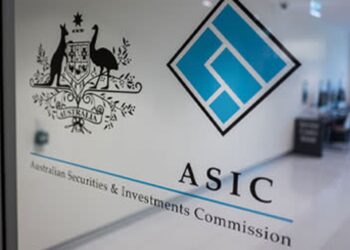Treasury has forecasted wage growth is expected to remain at a low 1.5 per cent for the 2021-22 financial year, before gradually rising to 2.5 per cent for the 2023-24 year, as unemployment and economic growth pick up.
“The near-term outlook is consistent with low wage increases in new federal enterprise bargaining agreements and state public sector wage caps that are expected to moderate the outlook for wage growth over the forecast period,” the papers stated.
Net debt is also expected to peak at 40.9 per cent of GDP in 2024-25, at almost $1 trillion ($980.6 billion).
In his budget reply speech on Thursday, Labor Party leader Anthony Albanese asked if the budget’s projected wage growth and debt are “really the best” Australia can aspire to.
“Our approach stands in stark contrast to those opposite who cut penalty rates and who boasted that low wages was ‘a deliberate design feature of our economic architecture’,” Mr Albanese said.
“I know there is a better way. Boosting wages and lifting productivity is essential for economic growth. If you increase wages, workers will have more to spend in their local small businesses.”
In its counterattack policy plan, the Labor Party has pledged to focus on reinventing the economy and on lifting wages.
It has proposed measures such as criminalising wage theft, mandating public reporting on the gender pay gap at large companies, giving a definition to casual work, abolishing the cap on childcare subsidies to cover all families and 10 days’ paid domestic and family violence leave.
The Labor Party has also said that if it were elected, it would invest in Australian industry through a “National Reconstruction Fund”, to encourage sector transformation. The plan involves partnering with the private sector and with super funds on investments.
There is also the $10 billion Housing Australia Future Fund, which has been dedicated to building affordable housing and has been pitched for job creation. Mr Albanese stated the fund would build around 20,000 social housing properties in its first five years.
Further, it has indicated ambitions for climate policy, moving towards net-zero emissions by 2050 and investing in apprenticeships in areas such as renewable energy generation and storage.
Mr Albanese also noted the government’s aim to achieve completion of the vaccine roll-out by the end of the year, which both parties have acknowledged is key to Australia’s economic progress.
To date, around 2.7 million Australians have been vaccinated, according to Treasurer Josh Frydenberg.
“The Prime Minister’s constant buck-passing and blame shifting has become a handbrake on our economic recovery,” the Opposition Leader said.
“The strength of our economic recovery is dependent on effective quarantine and vaccinations. With more than a year to prepare the Government has bungled both.”



